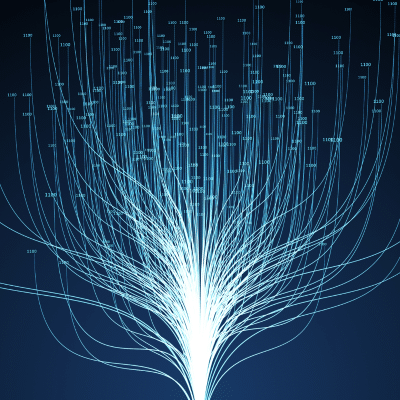|
Getting your Trinity Audio player ready...
|

In the dynamic realm of technological advancement, AI stands as a beacon of innovation, reshaping the landscape of creativity in unprecedented ways. As the boundaries between human ingenuity and machine intelligence blur, the intersection of AI and creativity emerges as a nexus of endless possibilities.
AI is being used in various ways to enhance and augment human creativity across different fields. Here are some examples:
- Art Generation: AI algorithms, particularly generative adversarial networks (GANs) and deep neural networks, can create original artworks, paintings, and digital designs. Artists and researchers are exploring AI as a tool for generating novel visual concepts, styles, and compositions. Organizations like Google’s Magenta project and OpenAI’s DALL-E are notable examples in this domain.
- Music Composition: AI is used to compose music, generate melodies, and even create entire musical compositions. AI systems can analyze vast datasets of music and learn patterns and styles to produce new pieces. Some AI-generated music has been indistinguishable from human-composed music, blurring the lines between AI and human creativity.
- Storytelling and Writing: Natural language processing (NLP) models are being used to generate stories, poems, and text-based content. AI algorithms can generate coherent narratives, dialogue, and plotlines based on input prompts or themes. Platforms like OpenAI’s GPT and StoryAI are examples of AI-driven storytelling tools.
More Areas AI and Creativity is Being Used:
- Design and Creativity Tools: AI-powered design tools are assisting designers in generating layouts, prototypes, and graphic elements. These tools use machine learning to analyze design patterns, preferences, and feedback, suggesting creative solutions and automating tasks. Adobe’s Sensei and Canva’s Design Assistant are examples of AI-driven design tools.
- Film and Media Production: AI technologies are being used in film and media production for tasks such as video editing, special effects, and animation. AI algorithms can analyze footage, generate visual effects, and even create lifelike digital characters. AI-driven tools like DeepArt and RunwayML are used by filmmakers and visual artists to enhance their creative projects.
- Game Design and Development: AI is used in game design to create procedurally generated content, design levels, and develop intelligent non-player characters (NPCs). AI-driven game engines can adapt gameplay based on player behavior, preferences, and skill level. Games like No Man’s Sky and Spelunky use procedural generation techniques powered by AI.
- Fashion and Design: AI algorithms can assist fashion designers in generating clothing designs, predicting trends, and personalizing fashion recommendations. AI-driven tools analyze fashion datasets, style preferences, and consumer behavior to create innovative designs and optimize product development processes.
These examples illustrate how AI is being integrated into various creative processes to augment human creativity, generate novel ideas, and streamline production workflows. While AI offers valuable assistance and inspiration to creators, it also raises questions about authorship, ownership, and the future of creativity in a world where machines play an increasingly significant role.
Learn more about TWINTEL or call us at (888) 428-0599 or schedule a meeting today.
Click Here To Claim Your FREE Assessment and Action Plan
Mark Johnson is a passionate technology professional with over 11 years of experience in the Managed Services IT space and a wide variety of industry-leading certifications. Mark’s extensive Managed IT experience and aptitude for quickly learning and adapting to new technologies has equipped him to offer valuable insight across a broad spectrum of business technology solutions.
